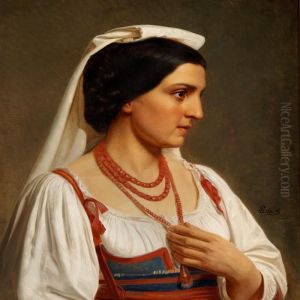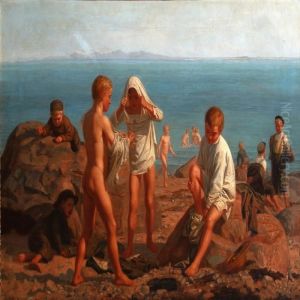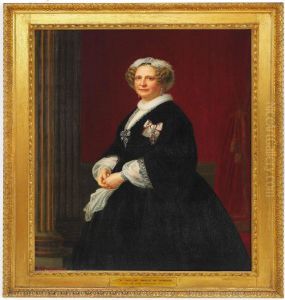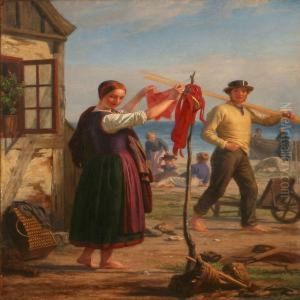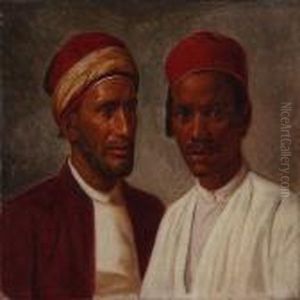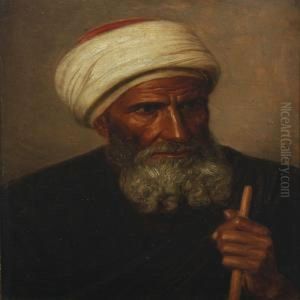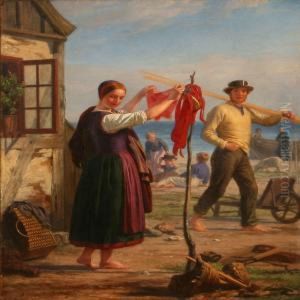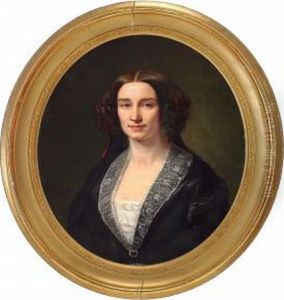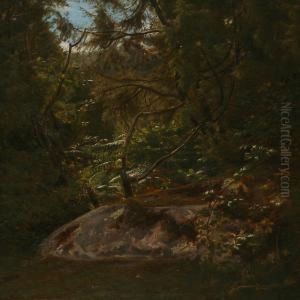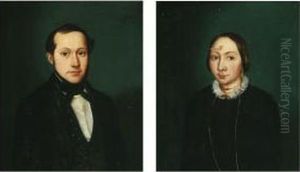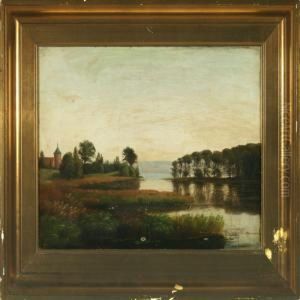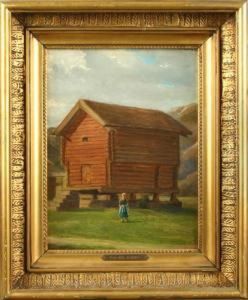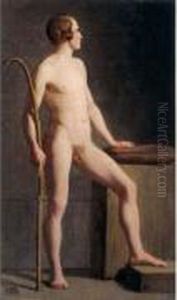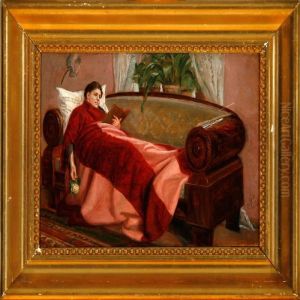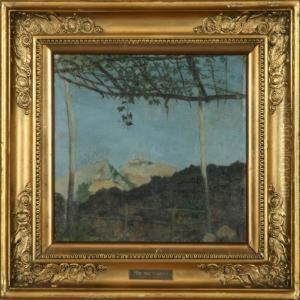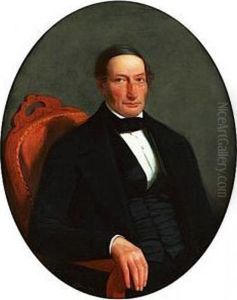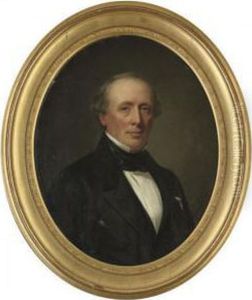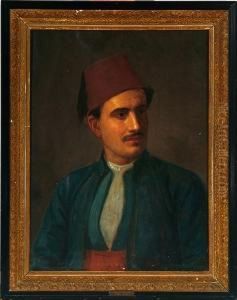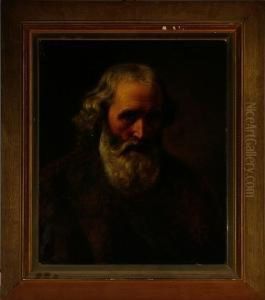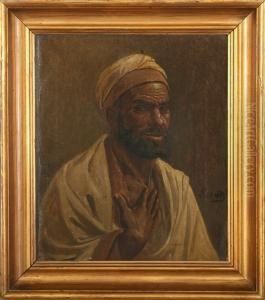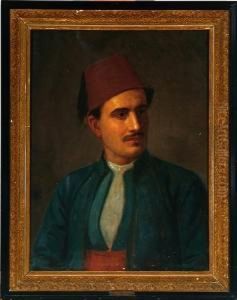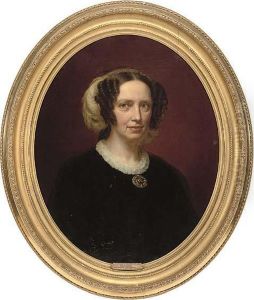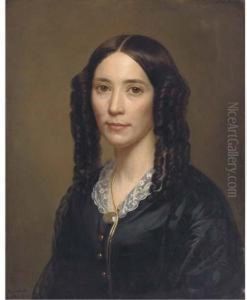August Heinrich Schiott Paintings
August Heinrich Schiøtt was a Danish portrait painter born in 1823 in Copenhagen, Denmark. He is known for his portraits of the Danish royal family, prominent Danish figures, and well-to-do citizens of his time. Schiøtt studied at the Royal Danish Academy of Fine Arts, where he honed his skills in the fine arts, particularly in painting.
During his formative years, Schiøtt was influenced by the neoclassical style, which was prevalent in Europe at the time. However, as his career progressed, he began to incorporate more realism into his work. Schiøtt's portraits are characterized by their detailed treatment of the subjects' attire and the subtle rendering of their facial expressions, capturing both their physical likeness and a sense of their personality.
In the 1850s, Schiøtt traveled extensively throughout Europe, which included a significant stay in Rome. His travels exposed him to various artistic styles and techniques, which he integrated into his own work. After returning to Denmark, he became a sought-after portraitist and received numerous commissions from the Danish monarchy and other high-ranking officials.
Schiøtt's works were exhibited in various salons and exhibitions, and he gained considerable recognition during his lifetime. His portraits remain a valuable record of Danish society during the mid to late 19th century. Despite his success, Schiøtt did not leave behind a large number of students or followers, and as a result, his influence on the subsequent generation of Danish painters was limited.
August Heinrich Schiøtt's contributions to Danish art were significant during his lifetime, but over time his name has become less well-known compared to other artists of his era. Nevertheless, his portraits continue to be appreciated for their craftsmanship and historical value, and they can be found in museums and private collections in Denmark and abroad. Schiøtt passed away in 1895, leaving behind a legacy as one of Denmark's accomplished portrait painters of the 19th century.
